Geology of Greece
| School | Natural Sciences | ||||||||||||||||
| Academic Unit |
Geology Department | ||||||||||||||||
| Level of Studies |
Undergraduate | ||||||||||||||||
| Course Code |
GEO_823E | ||||||||||||||||
| Εξάμηνο σπουδών | 8ο | ||||||||||||||||
| Course Title |
Geology of Greece | ||||||||||||||||
| Independent Teaching Activities |
Lectures, laboratory work, tutorial, Fieldwork | ||||||||||||||||
| Weekly Teaching Hours |
2Θ+1ΕΡΓ+1T | ||||||||||||||||
| Credits | 5 | ||||||||||||||||
| Course Type |
Field of Science / Επιστημονικής Περιοχής | ||||||||||||||||
| Prerequisite Courses |
Typically, there are not prerequisite courses. Essentially, the students should possess basic principles provided through all the previously taught theoretical courses. |
||||||||||||||||
| Language of Instruction & Examinations |
Greek. Teaching | ||||||||||||||||
| Is the Course offered to Erasmus Students |
Yes | ||||||||||||||||
| Course Web-Page (URL) | https://eclass.upatras.gr/courses/GEO356/ | ||||||||||||||||
| Learning Outcomes |
The course is aimed at undergraduate students who understand the basic principles of Geology. The aim of the course is to acquire advanced knowledge and skills in subjects related to the geological evolution of Greece and its prolongation in countries bordering Greece. Students will learn the geological evolution of the Greek mountain ranges from the Paleozoic to the Cenozoic Eras. Also the objective of the course is to acquire advanced knowledge and skills on issues related to the structure of the Hellenic Palaeogeographic province during the Alpine orogeny. The creation of the mountain ranges in Greece that has formed during the convergence of a series of lithospheric plates being bordering the Tethys Ocean and its splays. The complexity of this palaeogeographic province and its structural evolution is high. The Hellenides mountain range includes magmatic, metamorphic and sedimentary rocks that amalgamated in a complex collage of rocks with peculiar grading in their deformation and metamorphism. The students after the successful completeness of the course will be able to know:
|
||||||||||||||||
| General Competences |
|
||||||||||||||||
| Syllabus |
The content of the course includes the following chapters (for simplicity we will refer only to the parts of thecourse):
|
||||||||||||||||
| Delivery | Lectures, laboratory work and fieldwork face to face | ||||||||||||||||
| Use of Information & Communication Technology |
Use of Information and Communication Technologies (ICTs) (e.g. powerpoint) in teaching. The lectures content of the course for each chapter are uploaded on the internet, in the form of a series of pdf files. The students can freely download the pdf files | ||||||||||||||||
| Teaching Methods |
|
||||||||||||||||
| Student Performance Evaluation |
|
||||||||||||||||
| Attached Bibliography |
Recommended Literature :
Related Scientific Journals :
|





